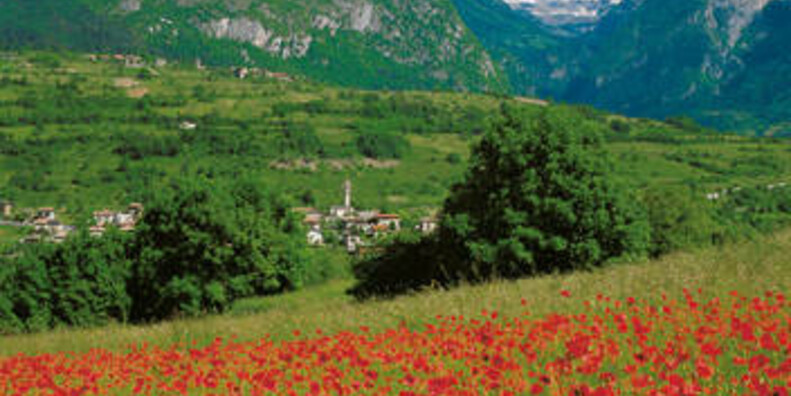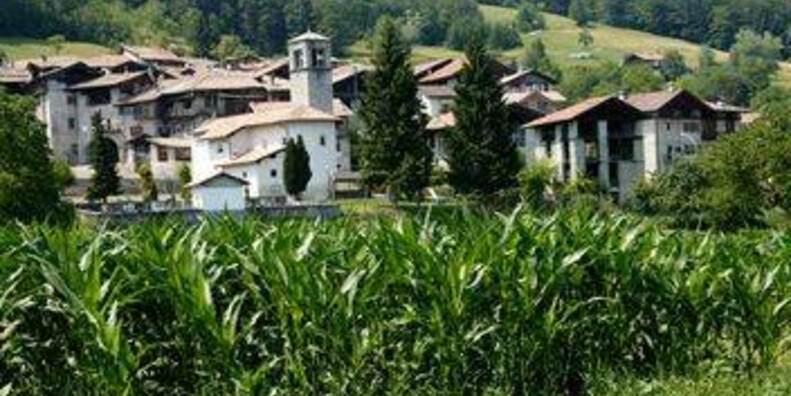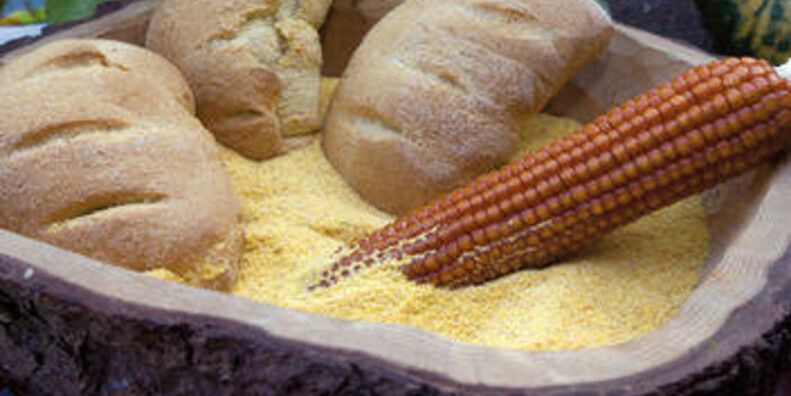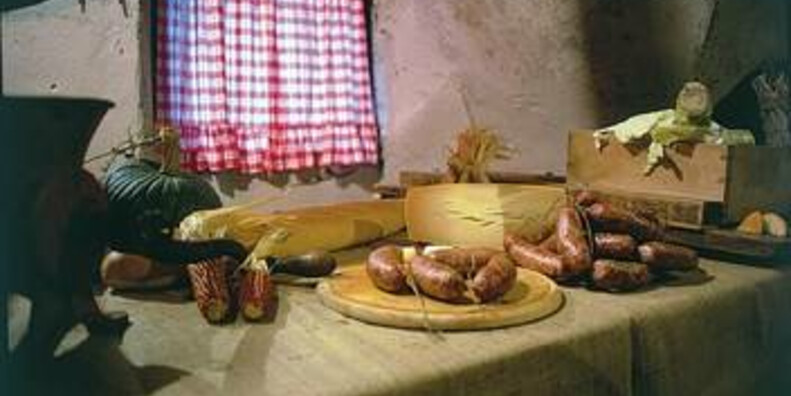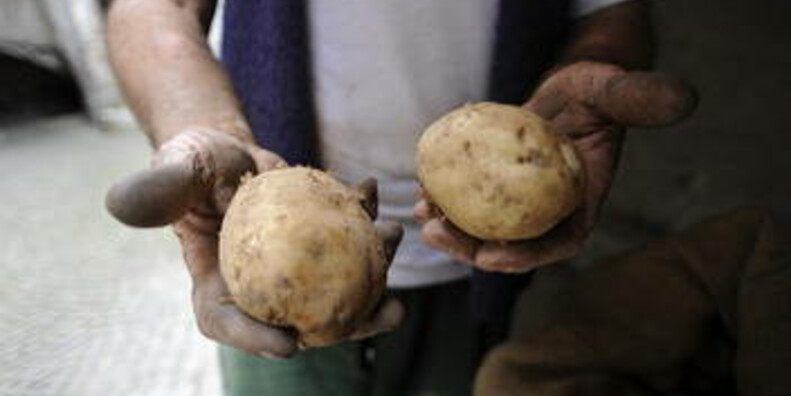Valli Giudicarie - Comano - Dolomiti di Brenta - Val Rendena
The territory of the Giudicarie, in western Trentino, is a land with a strong agricultural connection.
The Valle del Chiese on the border with the province of Brescia is best known for the cultivation of a native corn. Harvesting in early October allows a yellow flour to be obtained from it, used to cook polenta in its many variations, including the “carbonera”, a polenta to which local cheeses and meats are added. Going along the valley, we reach the Rendena valley. In its pastures are a native breed of cattle whose meats are processed by numerous local butchers. The milk produced in the local dairies of the Chiese and Rendena valleys are used to make Spressa Dop Giudicarie, a table cheese made from skimmed milk that can be sweet or spicy, depending on its age. Moving eastward, we reach Comano and then the Bleggio. Here amongst many products Valli Giudicarie the sausage Ciuiga del Banale stands out, a true representation of peasant life in ancient times. According to tradition, to increase the volume of the little pork that was available, white cooked turnip was added to the sausage mixture. The result is a strong sausage that can be eaten raw or cooked. In the area we can also find quality vegetables such as potatoes from Lomaso, grown in typical mountain soil and characterised by a low production that is rich in flavour. It’s worth also mentioning the prestigious nuts from Bleggio whose production dates back to the mid 1500’s. They are not particularly attractive to look at, but they are rich in taste and extremely sweet. From here, you can easily reach the Valle dei Laghi, the land of Nosiola and Vino Santo or go back up towards Lago di Molveno and Paganella.

